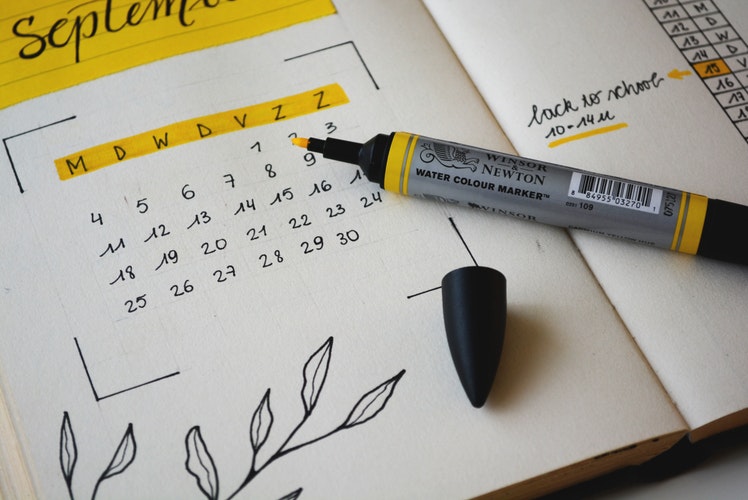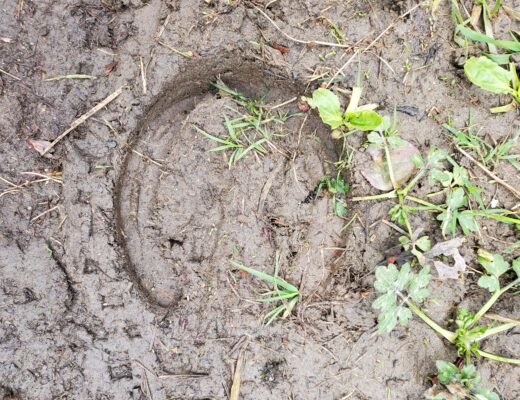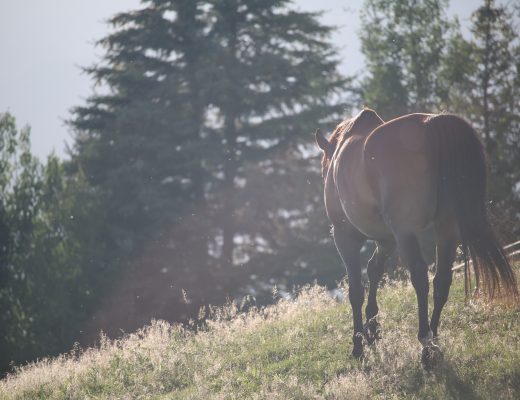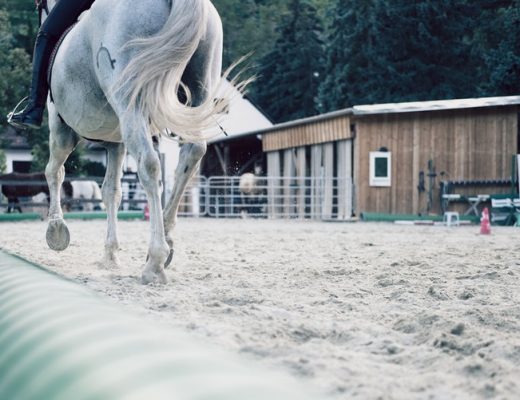How often should horses be trimmed? Like many other questions related to horses, the answer is: it depends. For some owners, this question has a financial motivation. How often do you have to pay for your horse to receive hoofcare? Some owners are surprised when I come to pull their horses shoes to transition them to barefoot and say that we should start on a 4 week trim cycle. Many shod horses go 6-8 weeks, sometimes even longer if your farrier is busy or it’s winter, so I get this question a lot.
I have trimmed horses on 2-6 week schedules, with a rare 7-8 week trim cycle thrown in there when bad weather hits or there is an unexpected reschedule. Some horses may even benefit from a weekly touch up trim in between trimming appointments. In that case I recruit willing owners to do touch ups with the rasp.
One client of mine had a horse with extremely long toes. He was slow to offer me his trust after an abusive past with previous owners, and bad experiences getting his feet done. Because I couldn’t trim him with the Hoofjack (though we worked him up to that!), his trims took me longer and it seemed like a good idea to trim him twice a month. His owner was more than willing to do so, and was probably the one to suggest it in the first place. She was so ready to help his feet get back to where they needed to be! So he was on a 2 week trim cycle for a few months and then we transitioned to every 4 weeks.
If I pull shoes on a horse, I like to do a minimal shaping trim and allow them to get used to touching the ground again before doing any major changes. I prefer to see a horse 3-4 weeks after they’ve had shoes pulled to do their first true set up trim and begin the rehabilitation process. However, again, this does depend on the situation.
Many clients are concerned about their horses being sore after a trim. That is a legitimate concern! It’s something I think about every time I pick up a foot. Every trimmer has their own opinion on this issue, but I lean toward the “keep the horse as comfortable as possible” side of spectrum. If you want your horse’s feet to improve while staying comfortable, consider a shorter trim cycle. Part of the progress your horse can make towards healthier feet does depend on other factors besides the trim – diet, lifestyle, presence of thrush or other infection, turnout schedule, etc – but a shorter trim cycle will usually benefit a horse.
Some owners are reluctant to commit to a shorter trim cycle, whether for financial reasons or other, and so I do the best I can on a 5-6 week schedule. Sometimes, depending on the season, your trimmer may feel they can only keep up with the growth, which doesn’t lend itself to forward progress like a shorter trim cycle would. Believe it or not, trimmers want their clients to get their money’s worth!
Hooves do grow at different rates throughout the year, but again that depends on the individual horse. It is not a guarantee that your horses can switch to longer trim cycles in the colder months. Not all horse’s hoof growth varies that much during the seasons. Some horses grow a lot no matter the season, and others don’t grow that much every cycle. Once your horse is getting more maintenance trims than rehabilitative trims, then I’d consider pushing you back to a longer schedule if their growth slows down. However, the colder months can be the perfect time to catch up on some issues that were getting away from you in the warmer months. If you can’t afford to do 4 week trim cycles, stay on a 5-6 week schedule in the winter so your trimmer can make some progress.
In the horse industry, the phrase “you get what you pay for” still rings true when it comes to hoof care. How often should your horse be trimmed? Well, it depends! But your trimmer would be a good person to ask. And if finances are the issue, discuss that with your hoofcare provider so they can help you get the most out of what you can afford. That might mean your trimmer does a more drastic trim with the understanding that you’ll boot your horse if they are sore. It might mean that you learn to do touch up trims with an old rasp in between professional visits.
An appropriate trim cycle length will benefit both you and your horse.
Wondering why barefoot trimmers often charge more for trims? I wrote a post about that, too! Click here.





No Comments